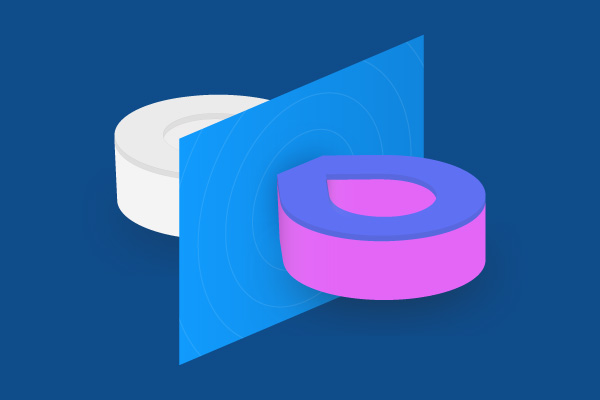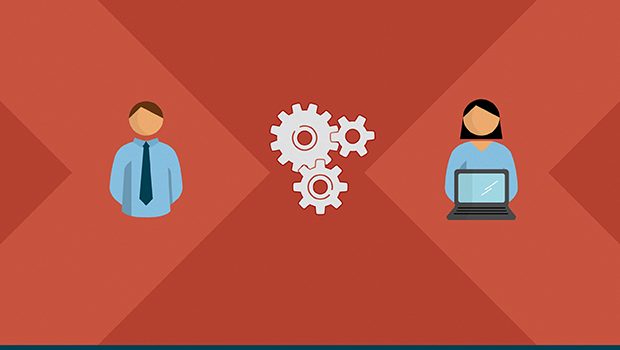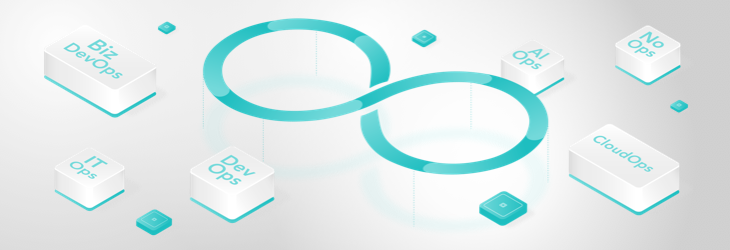What is DevOps transformation?

When you decide to implement DevOps methodology the next question arises: “How to provide DevOps transformation?”. DevOps includes a few main steps and principles but every DevOps implementation is a unique process and has its own features.
At first, let’s define what DevOps transformation means. So, it is a process of DevOps implementation. What’s the DevOps? This is a set of practices for efficient collaboration between teams of specialists working with software development. There is a big misunderstanding when DevOps is called a combination between developers and IT operations. This methodology allows to collaborate more efficient but doesn’t turn over specialist roles.
Before DevOps philosophy, the software development process was very laborious and long. Developers wrote the code and give it to the Quality Assurance (QA) engineers for testing. If code doesn’t have any bugs and mistakes it’s given to the IT operations who deploy code for end-users. If there are some bugs, code goes to the develops again and the cycle is repeated.

Thus said, we have a situation called “throwing responsibility for the wall”. In this case, development is very slow. That is unacceptable in the fast modern world. DevOps philosophy has changed this process and made it fast and agile.
How does it work?
As we said, DevOps digital transformation might be different for every company. There are common features provided by DevOps:
- Continuous Integration. Code might be developed in small batches. This approach allows making quick tests, merges and deployment. Small parts of code can be implemented into the main software fast, thus updates and bug fixes are quickly delivered to the end-users.
- Continuous Testing. DevOps methodology provides automated testing. Small code bunches need to be tested and after approval, they can be used in the main software. Before DevOps, QA engineers needed to do it manually or by writing automated tests. Nowadays, tests are written by developers even before the software itself. QA engineers check code at the last stages and don’t need to do huge amounts of tests for each code string.
- Continuous Delivery. This is a stage where end-users have access to the software. After testing, the code can be deployed and delivered. Of course, these processes are automated too. As a result, the process of software development becomes quite fast and efficient.
- Continuous Monitoring. There is one more important thing after delivery. It’s monitoring. You should make the software better and better. In this case, monitoring allows to understand customer’s needs and find bottlenecks in the system.

Also, the company might need some infrastructure redesigning before DevOps implementation. Such details depend on the current company’s system.
Wrap Up: safe DevOps transformation
If you want to start DevOps transformation, you should find a reliable Managed Service Provider (MSP) who already has experience with such projects. The unscrupulous MSP can fail your processes, so you should choose accurately.
The experienced MSP has good reviews from previous customers and might be in the worldwide ratings. Pay attention to the cases MSP has worked with and try to ask all the questions you’ve worried about. Such an approach will bring you only positive emotions from a partnership.


